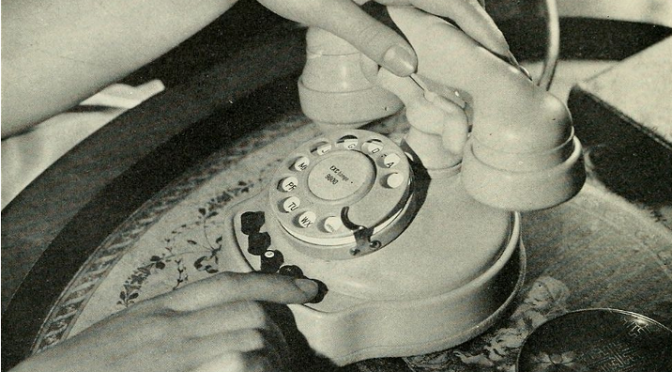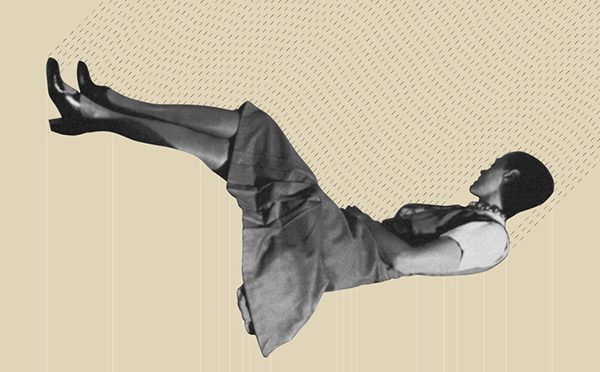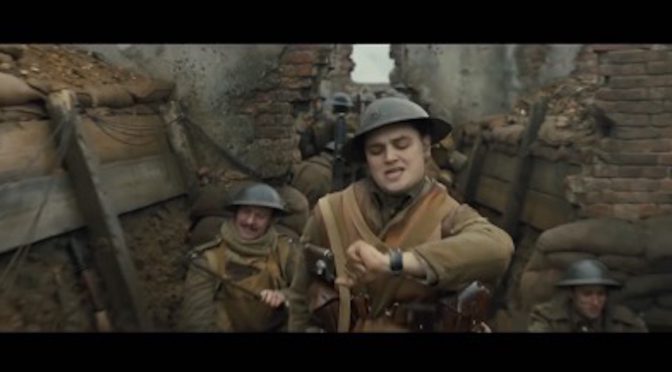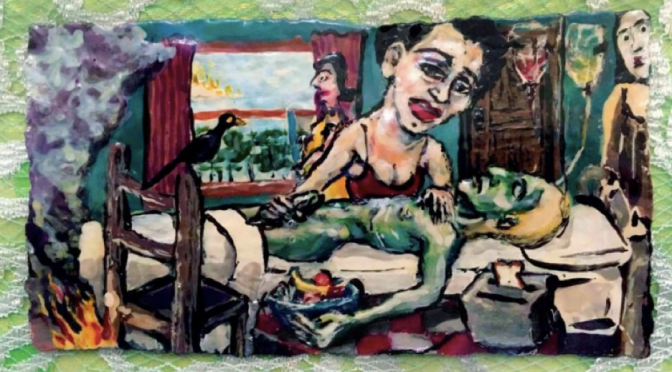by Imogen Free
Imogen Free is a first year PhD student at King’s College London, researching modernist women’s writing, sound technology and the politics of aurality (1930-1956).
One note held her ears through the hollow thunder of traffic: in shells of buildings the whirr of unanswered telephones. They were insistent
Elizabeth Bowen, To the North
In these ‘unprecedented’ times, I’ve been surprised to discover how much I’ve missed the postgraduate research community at King’s. I miss the distinctly un-academic chatter in our research room, sharing coffee with my supervisor, and the strange charm of the floppy triangles of sandwich, with beige fillings of unidentifiable flavour and lukewarm, headache-inducing wine after conferences. Sandwiches aside, it’s been a period in which we’ve been reflecting on how our institutions can support their students and staff and it’s been a lonely, uncertain, distressing time for many reasons other than the pandemic. But I have also been fortunate enough to participate in some of the changes the research community have had to make in order to stay in contact and find modes of communion with one another, as we become ever more reliant on the medium of telecommunication.
Continue reading Techno-heartache: Reflections on the Telepoetics Symposium







